Understanding and explaining creativity is a historically difficult task. For many, creativity is magic in the ether; that secret intangible sauce that we all use to create novel ideas and thoughts. Within advertising, we love to mythologise creativity as something otherworldly. It is the innate, nurtured genius and spontaneity that results in the best campaigns and the best places to work.
Despite this, it would be amiss as a planner (and an agency) not to work to understand creativity; how it works, how to foster it and how to ensure it makes its way into what we do.
A WORKING DEFINITION
Dr. Teresa Amabile’s working definition of creativity is a great place to start on this path and makes a distinction that is important to bear in mind.
For Amabile, creativity is the generation of a novel and appropriate response to an open-ended task. Although the output must be novel, interesting and appealing, it must also be an appropriate or fitting response to the proposed question. New ideas without direction or context can lack the hallmark of a great idea; it becomes randomness in a sea of random.
THE STREET LIGHT EFFECT
A lack of scope or direction in the pursuit of creative output often results in what is commonly known as the Streetlight Effect, which posits the following scenario:
A man is searching for his keys by a park bench under a streetlight at night. A policeman stops by and begins to help him in the search. After several fruitless minutes, the policeman asks if he is sure that he lost his keys here. The man responds no, he thinks he lost them in the park. The policeman then asks why are you searching here then? With the man responding, because this is where the light is.
Our initial bias for idea generation without constraint is often the obvious or easiest answer, not necessarily the best one. Placing a sandbox around where and how we consider ideas is imperative for good creative output.
For creatives, this need for direction or limitation is often self-imposed; I want to stick to a certain size of canvas, I need to be working within a certain budget; this needs to speak to this type of person.
THE GREEN EGGS AND HAM HYPOTHESIS
This is for good reason, with multiple studies showing that constraints imposed upon an individual will increase their creative output. This is aptly dubbed the Green Eggs and Ham hypothesis, after Dr. Seuss’ famous response to a challenge from his publisher: create a lovable children’s story in 50 words or less.
The study in question asked individuals to write two-line rhymes, with one group being given fixed nouns in advance, and the other having complete freedom to use any nouns they wanted.
For example, when participants were asked to express the sentiment of ‘I love you’, with a mandatory inclusion of the word ‘dog’, this was the result:
“I love you as much as a dog loves his bone
And a teen loves his phone.”
When asked to express ‘I am sorry’ with no mandatory words, the result was:
“I sincerely apologize,
I am not telling lies.”
The creative gap in novel expression of these ideas became evident across participants. Moreover, when those who were initially given constraints were ‘freed’ – i.e. they were no longer given mandatory nouns, they typically still came up with more creative rhyming schemes, which suggests that constraint actually primes creative solutions.
IN CONCLUSION
As a creative agency, it’s important to understand the impact that context, direction and limitation can have on the things we create and share. We can take solace in the fact that these very limitations are sometimes the spark that allows brilliant ideas to be born. Be it a global pandemic, a small budget or a prescriptive creative brief, it’s important to remember that often we are the odds that we beat.
Sometimes a creative’s worst enemy is a blank sheet of paper.





